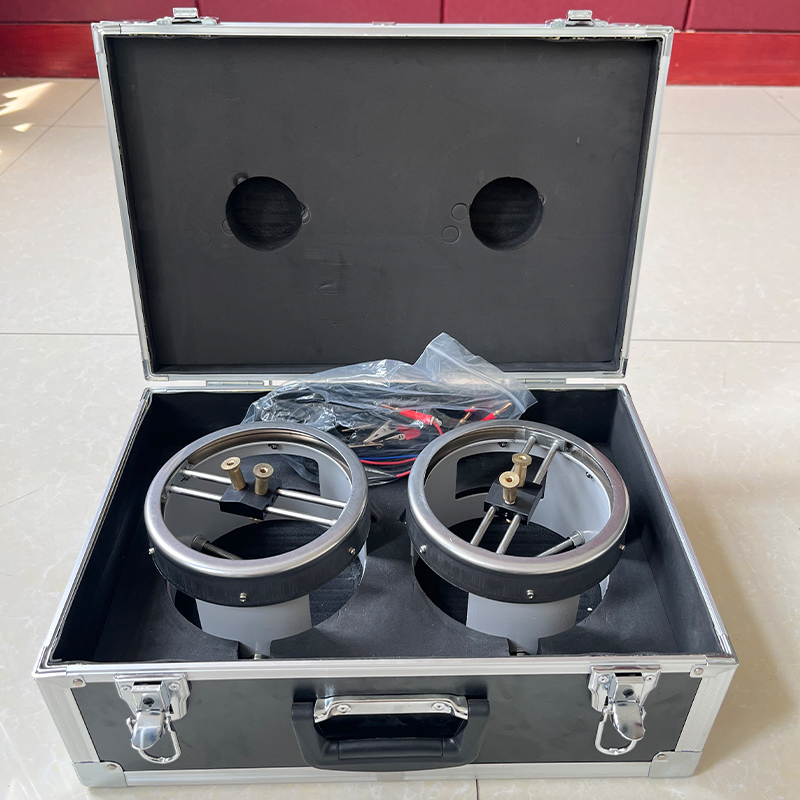Oven Production Facility for Aging Test Equipment and Quality Assurance
The Importance of Aging Test Ovens in Manufacturing
In the realm of manufacturing and quality assurance, aging test ovens play a critical role in determining the long-term reliability and performance of various materials and components. These specialized ovens simulate environmental conditions to assess how products age over time, making them invaluable for industries like electronics, automotive, aerospace, and pharmaceuticals. This article delves into the significance of aging test ovens in the factory setting, their operational principles, and their impact on product development.
Understanding Aging Test Ovens
Aging test ovens, often referred to as environmental or accelerated aging ovens, are designed to create controlled temperature and humidity conditions. By exposing products to high temperatures or varying environmental factors, manufacturers can effectively mimic years of real-world use within a condensed timeframe. This acceleration of aging processes enables companies to identify potential failures or weaknesses early in the development phase.
These ovens are equipped with precise temperature control systems and often include features that allow for humidity regulation as well. The ability to manipulate conditions such as UV exposure, thermal cycling, and even mechanical stress is crucial, as these factors can significantly influence the degradation of materials and components.
The Operational Principles
The operational principles of aging test ovens revolve around the concept of accelerated life testing. By subjecting products to extreme conditions, manufacturers can observe how they interact with environmental stimuli. The principle of Arrhenius is frequently applied, which suggests that for every 10 degrees Celsius increase in temperature, the reaction rate of chemical processes doubles. This allows engineers to predict the lifespan of materials and components based on short-term tests.
Aging test ovens are equipped with advanced monitoring systems that continually provide data on internal conditions, ensuring that variations or malfunctions can be detected and rectified immediately. This continuous monitoring not only guarantees the accuracy of the tests but also ensures compliance with industry standards and regulations.
Applications Across Industries
aging test oven factory

1. Electronics In the electronics industry, aging test ovens are critical for testing circuit boards, semiconductors, and other components. By exposing these items to high temperatures and humidity, manufacturers can assess the likelihood of failures caused by thermal stress, moisture intrusion, and other environmental factors.
2. Automotive Automotive manufacturers use aging test ovens to test everything from engine components to electronic systems. Ensuring that materials can withstand prolonged exposure to heat and varied weather conditions is paramount for safety and performance. Components that pass aging tests are more likely to perform well over the lifespan of the vehicle.
3. Aerospace The aerospace industry demands some of the highest quality standards due to the critical nature of its products. Aging test ovens help in validating the durability of materials under extreme conditions, including high temperatures experienced during flight. Components that pass these rigorous tests contribute to the overall safety and reliability of aircraft.
4. Pharmaceuticals In the pharmaceutical sector, aging test ovens are used to study the stability of drugs under various environmental conditions. This ensures that medications maintain their efficacy throughout their shelf life, providing assurance to both manufacturers and consumers.
Impact on Product Development
The integration of aging test ovens into the manufacturing process has transformative effects on product development. By enabling lengthy testing periods to be completed in a fraction of the time, these ovens facilitate faster iteration, allowing manufacturers to bring products to market more quickly and with greater confidence.
Additionally, the data gathered from aging tests can inform design and material selection, resulting in higher-quality products. Companies that invest in aging test ovens often find that they reduce warranty claims, enhance customer satisfaction, and streamline their production lines.
Conclusion
In summary, aging test ovens are an indispensable tool in modern manufacturing. By simulating the long-term effects of environmental stress on materials and components, these ovens provide essential insights that drive product quality and reliability. As industries continue to evolve and customer expectations rise, the role of aging test ovens will only become more significant. Investing in advanced aging test technologies is not just a matter of compliance, but a strategic step toward fostering innovation and excellence in manufacturing.
-
Why the Conductor Resistance Constant Temperature Measurement Machine Redefines Precision
NewsJun.20,2025
-
Reliable Testing Starts Here: Why the High Insulation Resistance Measuring Instrument Is a Must-Have
NewsJun.20,2025
-
Flexible Cable Flexing Test Equipment: The Precision Standard for Cable Durability and Performance Testing
NewsJun.20,2025
-
Digital Measurement Projector: Precision Visualization for Modern Manufacturing
NewsJun.20,2025
-
Computer Control Electronic Tensile Tester: Precision and Power for the Modern Metal Industry
NewsJun.20,2025
-
Cable Spark Tester: Your Ultimate Insulation Assurance for Wire and Cable Testing
NewsJun.20,2025
 Copyright © 2025 Hebei Fangyuan Instrument & Equipment Co.,Ltd. All Rights Reserved. Sitemap | Privacy Policy
Copyright © 2025 Hebei Fangyuan Instrument & Equipment Co.,Ltd. All Rights Reserved. Sitemap | Privacy Policy
